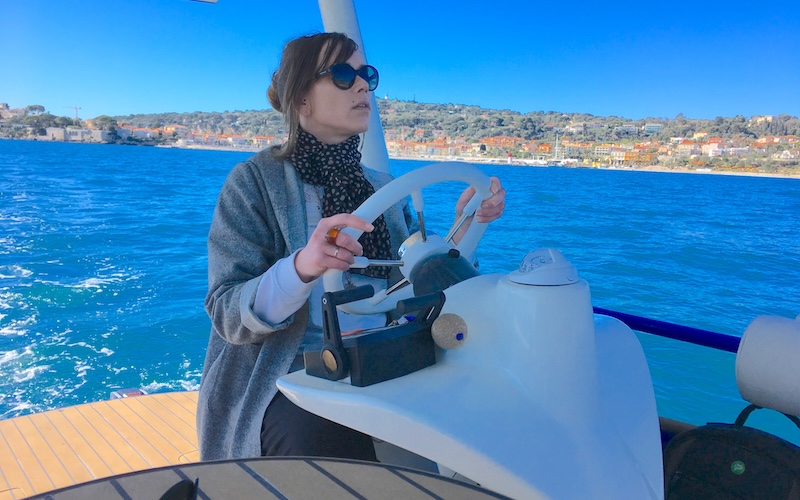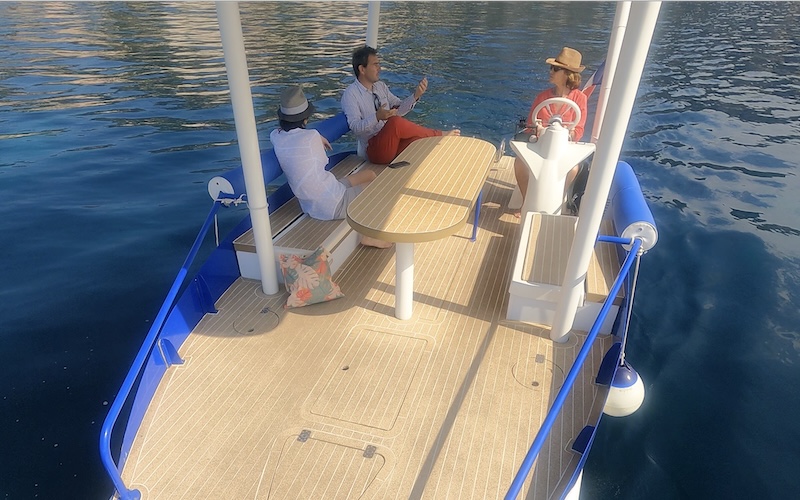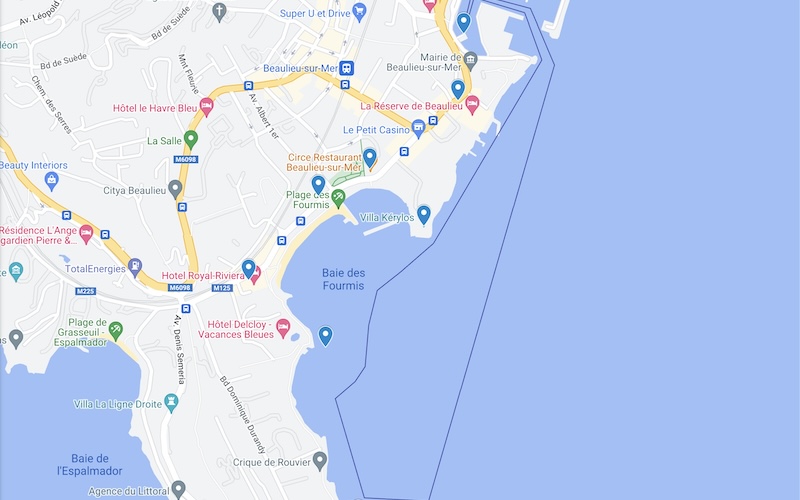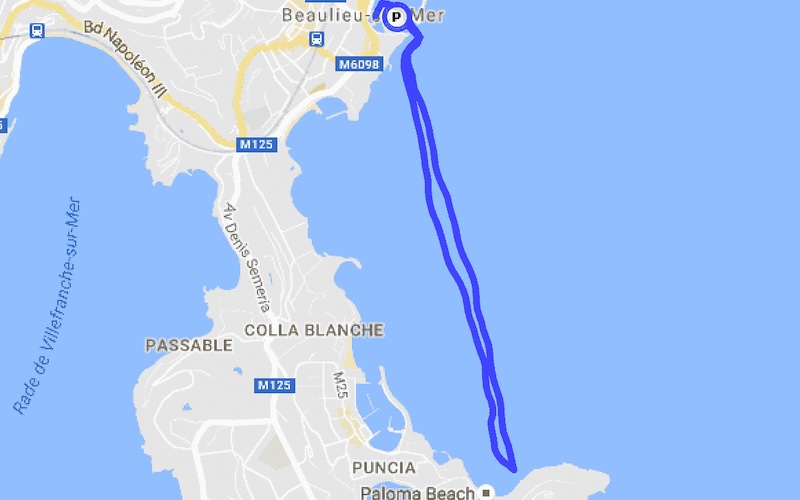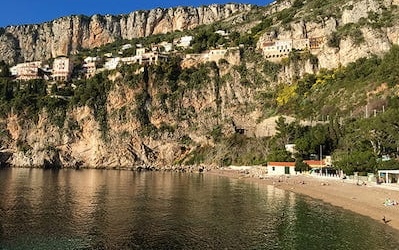Can boats be powered by solar panels?
A solar boat is a boat that is 100% autonomous thanks to the photovoltaic energy from its solar panels. Specially designed to sail infinitely on solar energy, even at night, it is fitted with batteries. A good captain can manage the power and pilot the boat for years without recharging from the grid.
Manage the electric range
Principles
The theoretical range of an electric boat depends on 2 key factors essentials to understand.
- Battery capacity is expressed in watt-hours (Wh). The higher the battery capacity, the greater the range.
- The power used by the motor determines electrical consumption. It is expressed in watts (W) or kW (1 kW = 1000 W). A 6 kW motor may only be used at 1 kW most of the time, which has nothing to do with the maximum 6 kW power for safety.
Range in hours is given by the ratio Capacity (Wh) / Power (W). For example, if your battery stores 6 kWh and you drive your motor at 1000 W, then your range is 6 hours (=6 x 1000 / 1000).
Assessing the weather comfort speed
This is the optimum speed for passenger comfort and safety. This speed depends on weather conditions. For example, sailing at maximum boat speed reduces comfort in swell conditions. It's even dangerous if you're going fast on flat seas and suddenly come across the wake of a motor yacht. A reserve of power offers some security in bad weather, but the bigger the waves, the lower the comfort speed. This speed also depends on the position of the passengers on the boat. With passengers seated at the bow, it is advisable to be extremely vigilant to prevent them from falling into the water. Ultimately, the optimum speed depends on the waves, the sailing program and the crew.
Experience of private tours in the bay of Saint-Jean-Cap-Ferrat in good weather shows that enthusiasm reaches its peak when the boat is sailing at a speed near 3 knots with passengers sitting in the front or 4-5 knots with passengers in the centerr.
Solar autonomy speed
The performance of a solar boat depends on its hydrodynamics and energy efficiency. All other things being equal, it is measured in good sunshine and sea conditions.
The solar autonomy speed corresponds to the speed in knots at which the solar boat can move forward indefinitely with only its solar roof as a source of energy. It is measured when the photovoltaic power produced corresponds to the power consumed by the motor and the boat is sailing at 90% battery charge. By extension, the battery is considered charged when it is above 90%.
Solar autonomy speed can be higher than comfort speed, demonstrating the technological maturity of solar boats.
Extended range per hour
In the event of clouds or night-time navigation, solar autonomy decreases or becomes zero. In this case, the battery takes over from the solar panels. You'll need to manage your energy more carefully, depending on your sailing schedule. Each stop at anchor or in port will be an opportunity to extend the autonomy.
The increase in autonomy corresponds to the increase in nautical miles of the boat's range at rest after one hour of sunshine. So, for a solar roof capable of producing 1000 W, the battery capacity loads 1000 Wh during an hour's standstill in full sunlight. We measure the boat's speed when sailing at 1000W. If this speed is 4 knots, the increase in night-time range is 4 miles.
It is also possible to increase speed and sail with the sun. By alternating anchoring phases, speed can even be pushed to its maximum, depending on sea and battery preservation.
Pilot the solar boat according to your skill level
Adapt your sailing program to your level. If you just sail once a year, don't hesitate to sail with an experienced guide or choose a smaller self drive boat. Safety at sea is the priority! The academy offers a progression program alternating coaching and boat club practice with online tests.
Practice can be more more useful than a quick boat license
Are you aware that more than 50% of those who take the licence do not use it within a year of their training or abandon their projects? Taking the boat licence or buying a boat requires a huge personal investment. So if you want to take the plunge, licence free solar boating proposes an effective strategy to limit this waste.
- You will benefit all the more from the boating licence course if you already have some practical experience
- It makes more sense to pass the licence or even buying a boat knowing that your family's ready to sail with you. So sail with your loved ones first.
- It is easier to manoeuvre a big boat if you have help. But do your friends and family know what to do? Since boat schools do not train your crew, start by sailing together on license free boat or with a captain.
Tips and regulations
Your time is short, you can prepare yourself from home. Here's some useful information.
-
Mooring the anchor
Return to the port
-

Take off your shoes before boarding.
When sailing, do not park on the front or back beaches. Do not jump on the front platform. Do not climb up or hang yourself from the sunroof. Stay seated on the seats. Children under 7 years of age under the responsibility of the parents.
For dock manoeuvres, approach at 1 knot. The crew accompanies the manoeuvre by releasing gently with their hands or feet. 
Observe the speed limit in the harbour (approx. 5 km/h). 
For your safety do not approach the coast except in the anchorage areas. At less than 100 m, a GPS alert will trigger a systematic inspection of the floats on your return. Always stay within the navigation zone marked on the map. 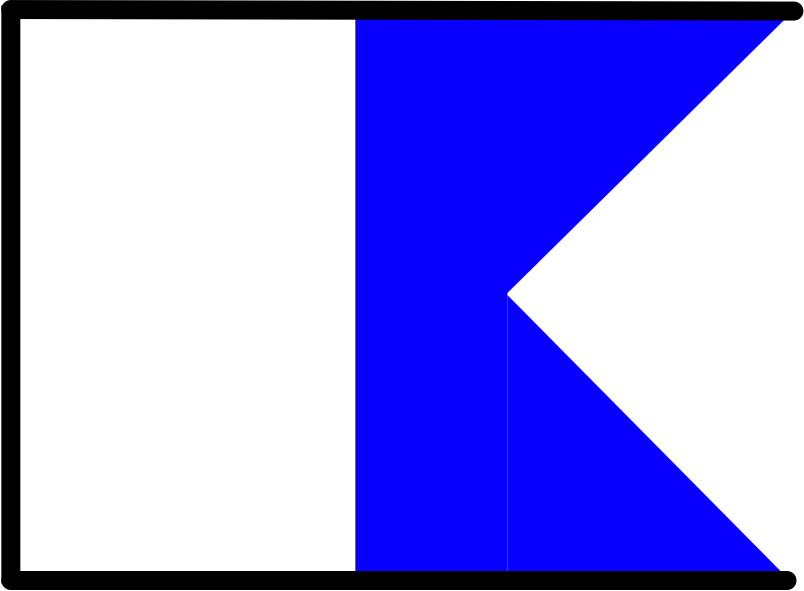
Locate the divers' flags and then go around at least 100 m. 
Locate the fishing net buoys and then go around for at least 100 m. 
Deviate your course or stop the propellers in case of floating objects. The electric motor is silent. In case of abnormal noise, stop everything and check that the propellers are clear. Swimmers do not hear the propellers starting, at anchor, remove the circuit breaker. 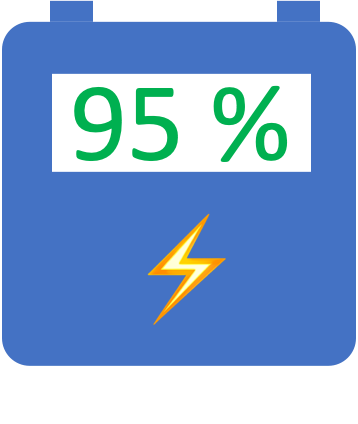
Navigate in solar autonomy. Charging the batteries constitutes a reserve of power that you must keep at more than 95% charge. 
In case of unexpected strong waves and for your comfort, stay seated on the back benches, reduce speed before the wave. In case of diving, let the wave run on deck and watch your personal belongings. 
The draught is 50 cm at propeller level. Moor on sandy bottoms, on an area free of algae or posidonia and without rocks. Moisten the entire chain, which must rest horizontally on the bottom.


